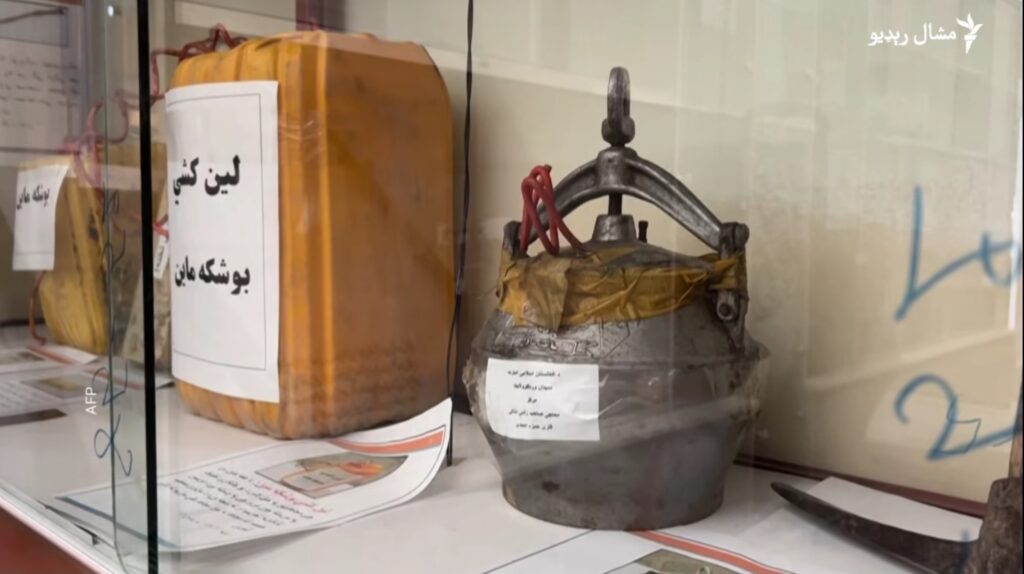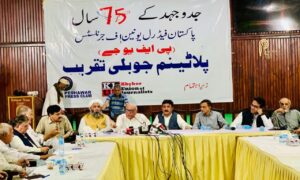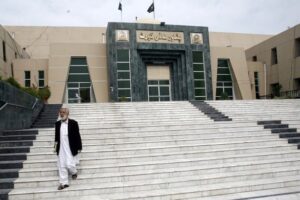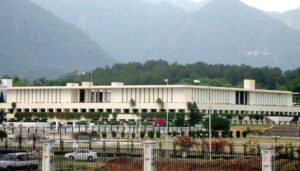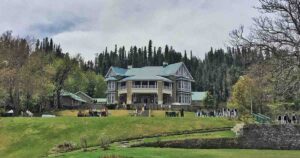PESHAWAR — The Taliban did not defeat the United States and its allies with airstrikes or satellite intelligence. They used rusted pressure cookers, rewired fuel cans, suicide vests, and circuit boards soldered in village workshops. In Wardak, they’ve now enshrined these weapons in glass. The Taliban homemade weapons museum, newly opened in the heartland of the insurgency, tells the story of a war waged from the earth — with scrap metal, fertilizer, and resolve. No polished uniforms. No global coalitions. Just homegrown resistance against colonial powers.
Rows of improvised explosive devices, jerry-rigged mortars, and magnetic mines line the walls. Some still bear shrapnel scars; others sit next to photos showing the moments before detonation. A mobile phone, once a detonator, now lies motionless beside a torn suicide vest. These items are not merely exhibits — they are declarations.
A Taliban commander, speaking off record, recalled placing an artillery-shell IED under a bridge in Helmand. A US Humvee triggered it. What remained of the blast — fragments of steel and scorched earth — now rests inside the museum, tagged with coordinates. “They had machines,” he said. “We had time.”
The museum isn’t just a display — it’s a message.
Taliban guides lead visitors through detailed walkthroughs. Diagrams show how convoys were tracked. Simple objects like toy cars or oil cans were transformed into weapons of disruption. In each story, the emphasis is the same: they defeated the most advanced military force on the planet using tools made in sheds and storerooms.
The Taliban homemade weapons museum is a monument to victory for the Taliban. For human rights groups, it’s a troubling glorification of violence. There are no plaques for civilians or aid workers lost to these devices. No space for mourning. Just a single narrative — one of conquest and endurance.
And yet, beneath the surface, lies something more sobering. These weapons, however celebrated here, speak to a war that reshaped Afghanistan’s villages and cities. They are fragments of a brutal past — now preserved as symbols, even as their consequences still echo.
The Taliban homemade weapons museum offers a glimpse into how Afghanistan’s new rulers see their legacy: not in treaties or trials, but in the memory of explosives that once made empires bleed.

